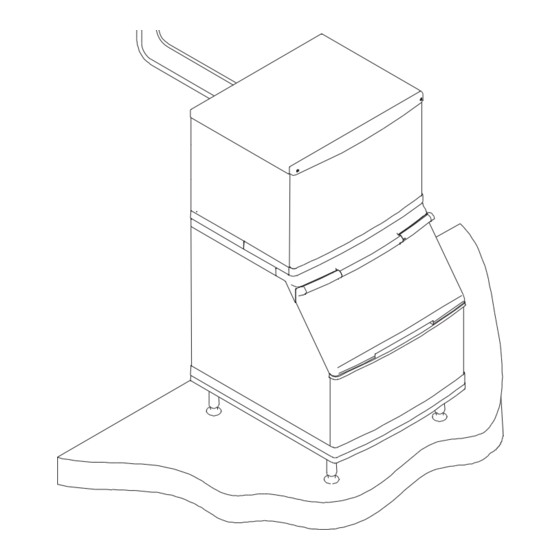Manitowoc
Q Model
QuietQube
®
Ice Machines
Technician's
Handbook
This manual is updated as new information and models are
released. Visit our website for the latest manual.
www.manitowocice.com
America's #1 Selling Ice Machine
Part Number 80-0099-9 6/11



Need help?
Do you have a question about the QR0670C and is the answer not in the manual?
Questions and answers